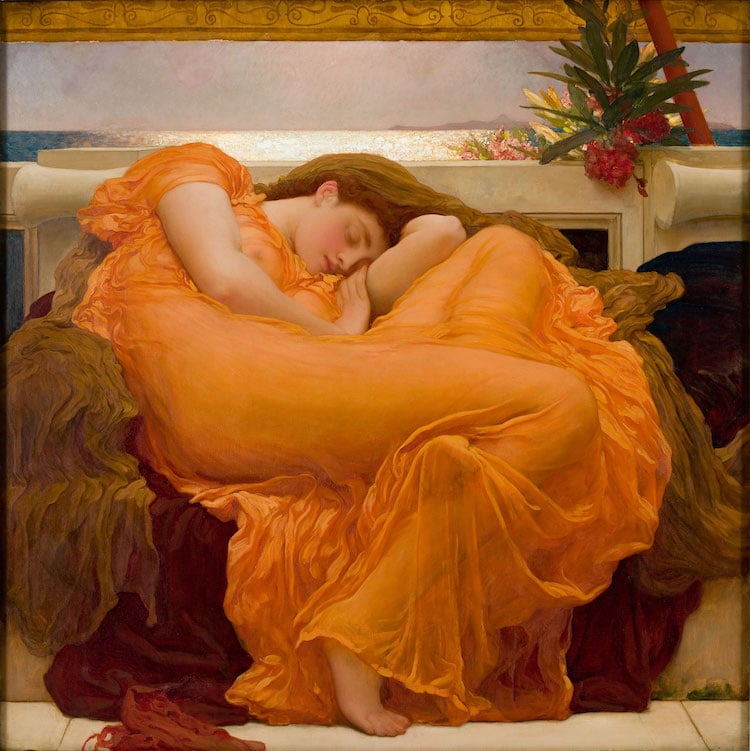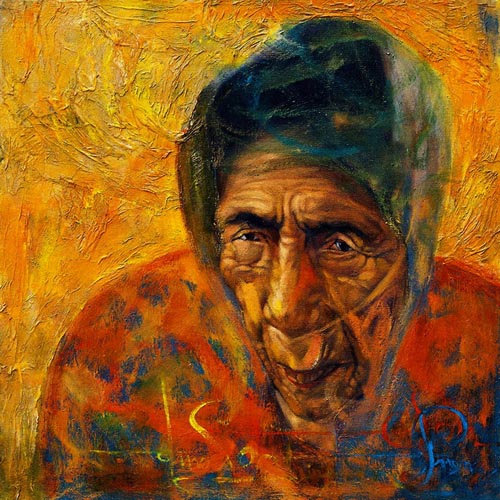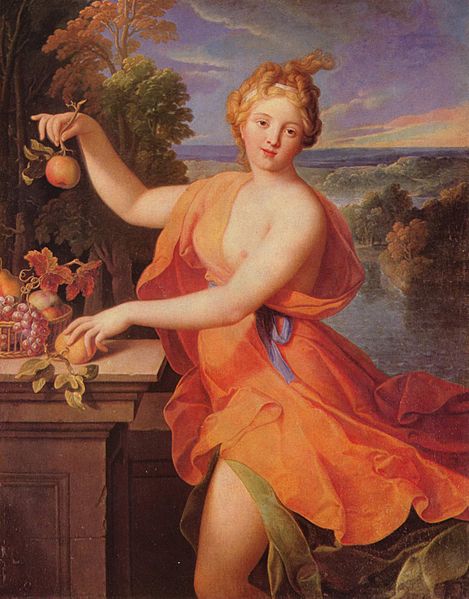Orange became popular in Western art after 1809, when the first synthetic orange pigment, chrome orange, was developed. It was particularly common among Pre-Raphaelite and Impressionist painters, who used it extensively to capture the effects of natural light. Orange, by nature, evokes emotions of warmth, curiosity, and humor. Color was used effectively by artists such as Monet, Gauguin, Renoir, and Toulouse-Lautrec. Monet used orange in his sunsets, while Toulouse-Lautrec used it to reflect the frenetic energy of Parisian dance halls. But perhaps no other painter was more inspired by the color orange than Vincent van Gogh. Van Gogh would create his own orange hues to contrast with the blues and purples he used in his work. Orange also elicits intense reactions today. Multiple shades of the same hue will elicit a wide range of emotions. A pumpkin orange conjures up images of Halloween and shifting autumn leaves, while a more yellow-orange shade conjures up images of summer and freshness. When used inappropriately, orange can be uplifting and joyful, but it can also be overpowering. Finally, the secret to success with orange is choosing the right tone based on the reaction and result desired.
https://www.artsandcollections.com/article/a-history-of-the-colour-orange/
https://mymodernmet.com/history-color-orange/
https://www.pinterest.com/jabrummett/orange-art/
Desirée Alvarez | COMD 1100 | Fall 2020
© 2024 COMD 1100 Graphic Principles 1 Spring 2021
Theme by Anders Noren — Up ↑







Leave a Reply